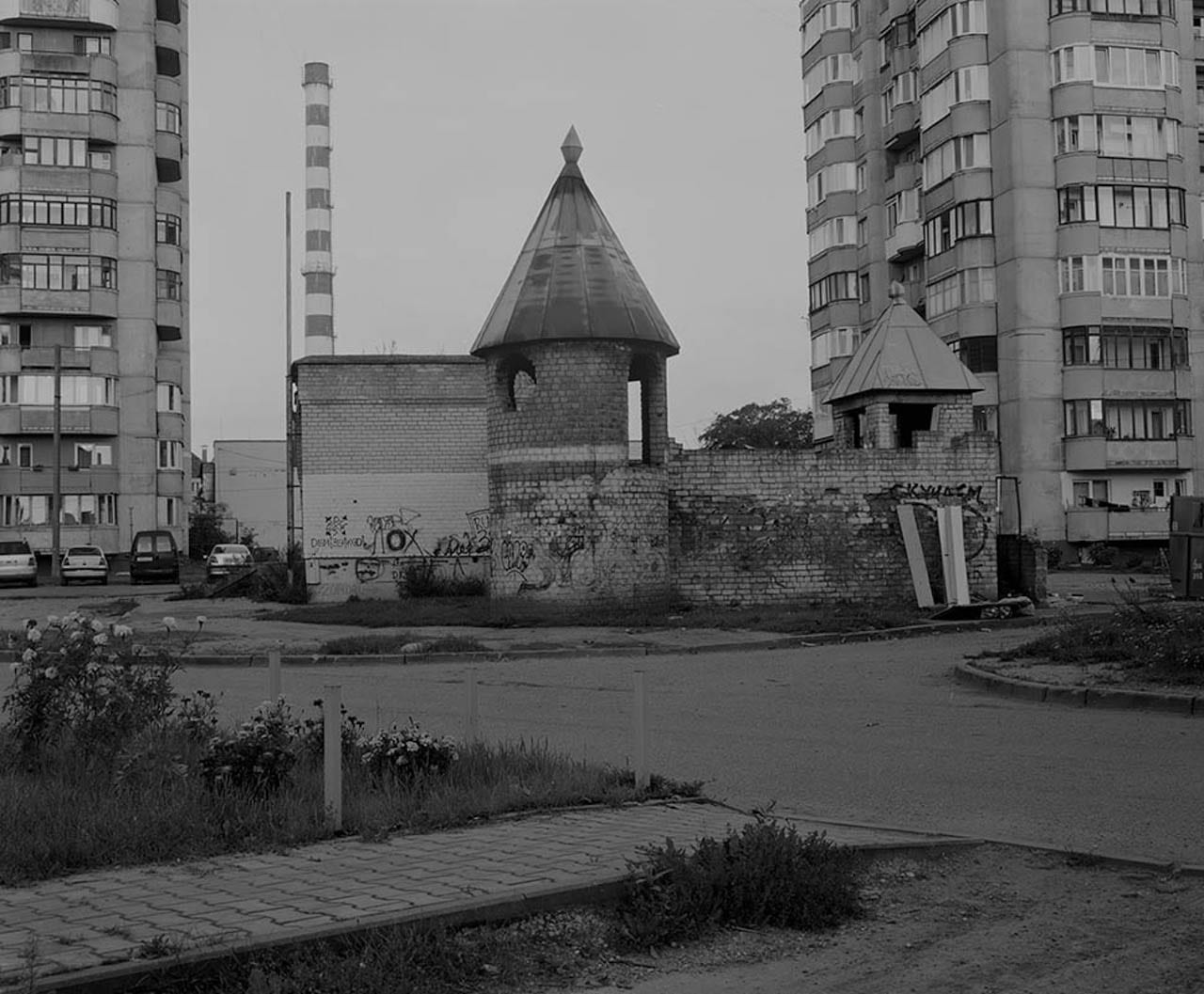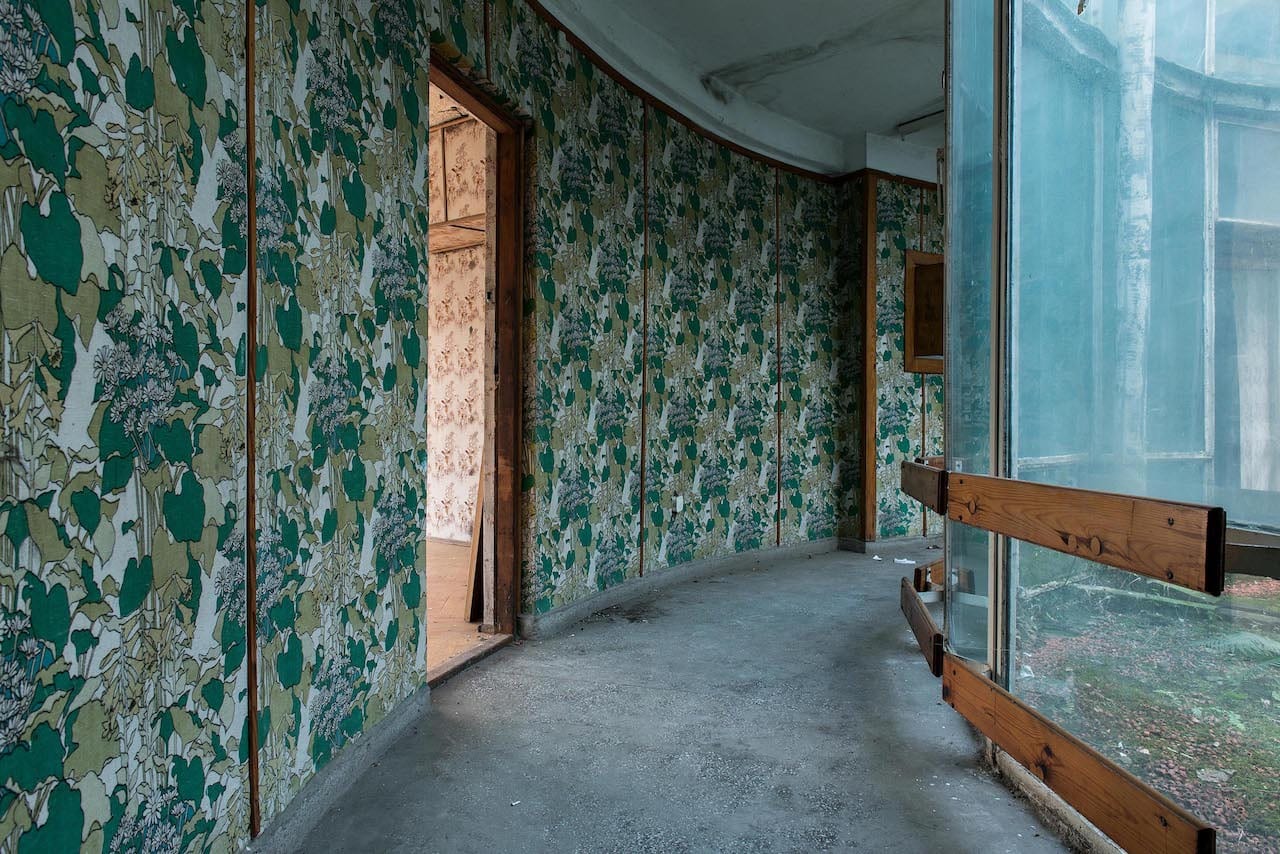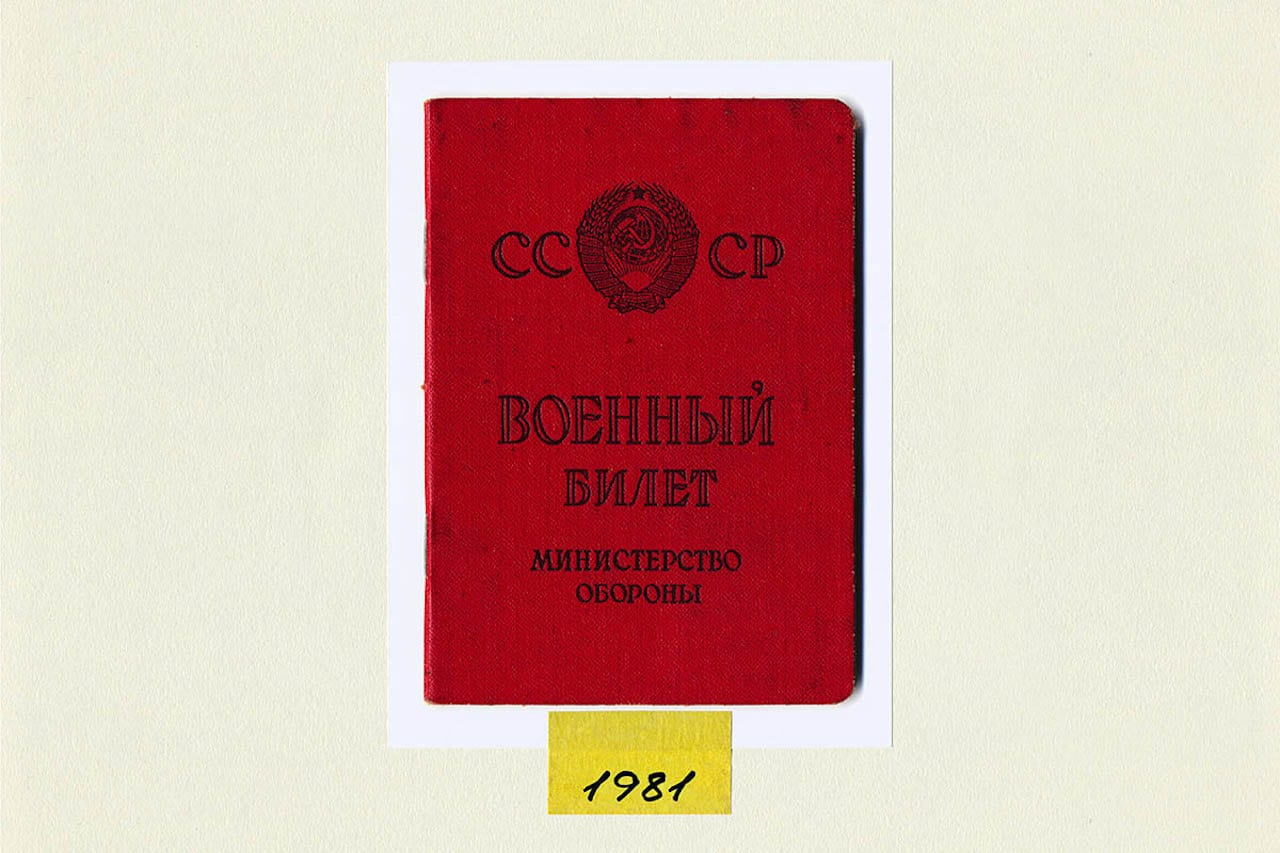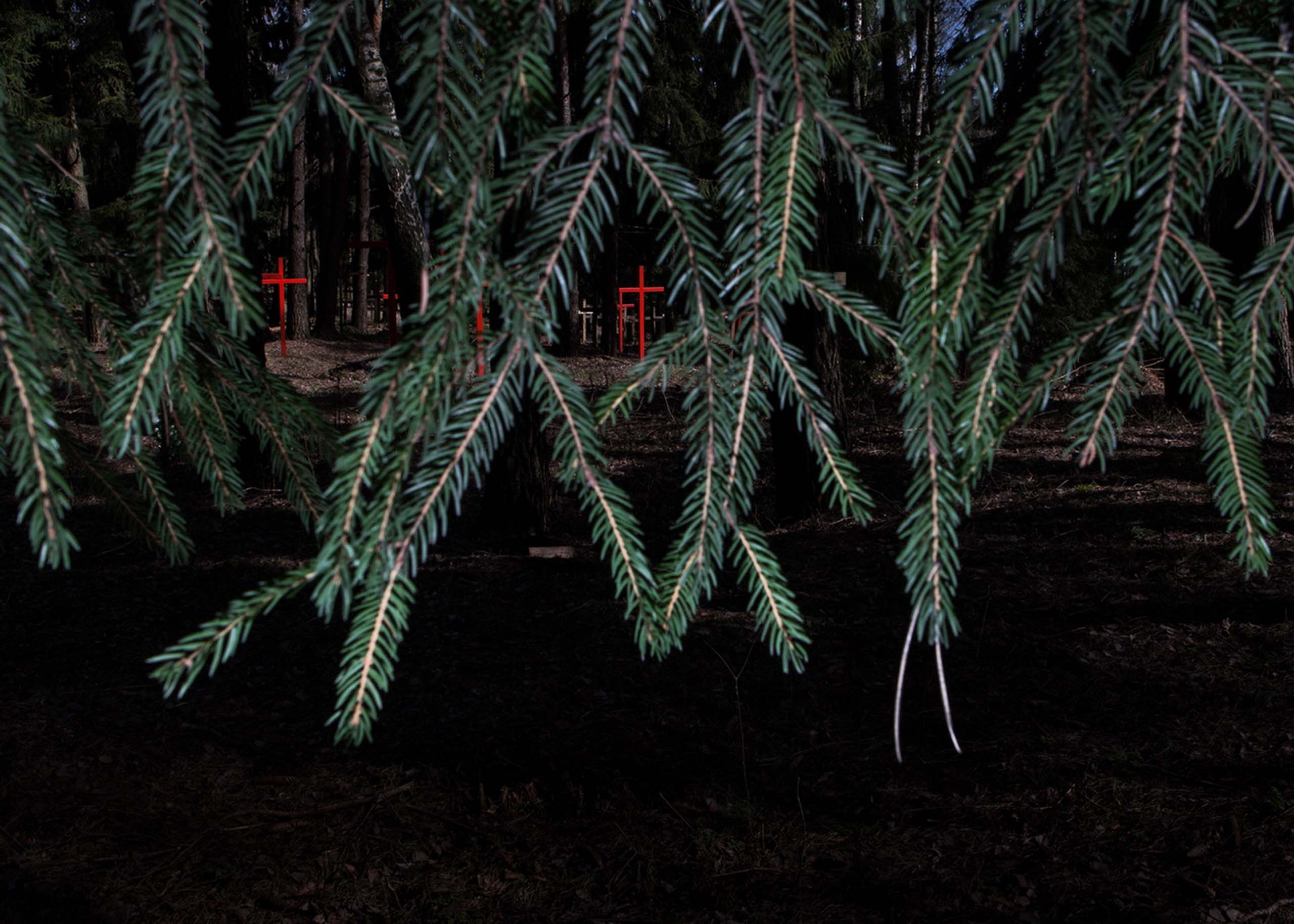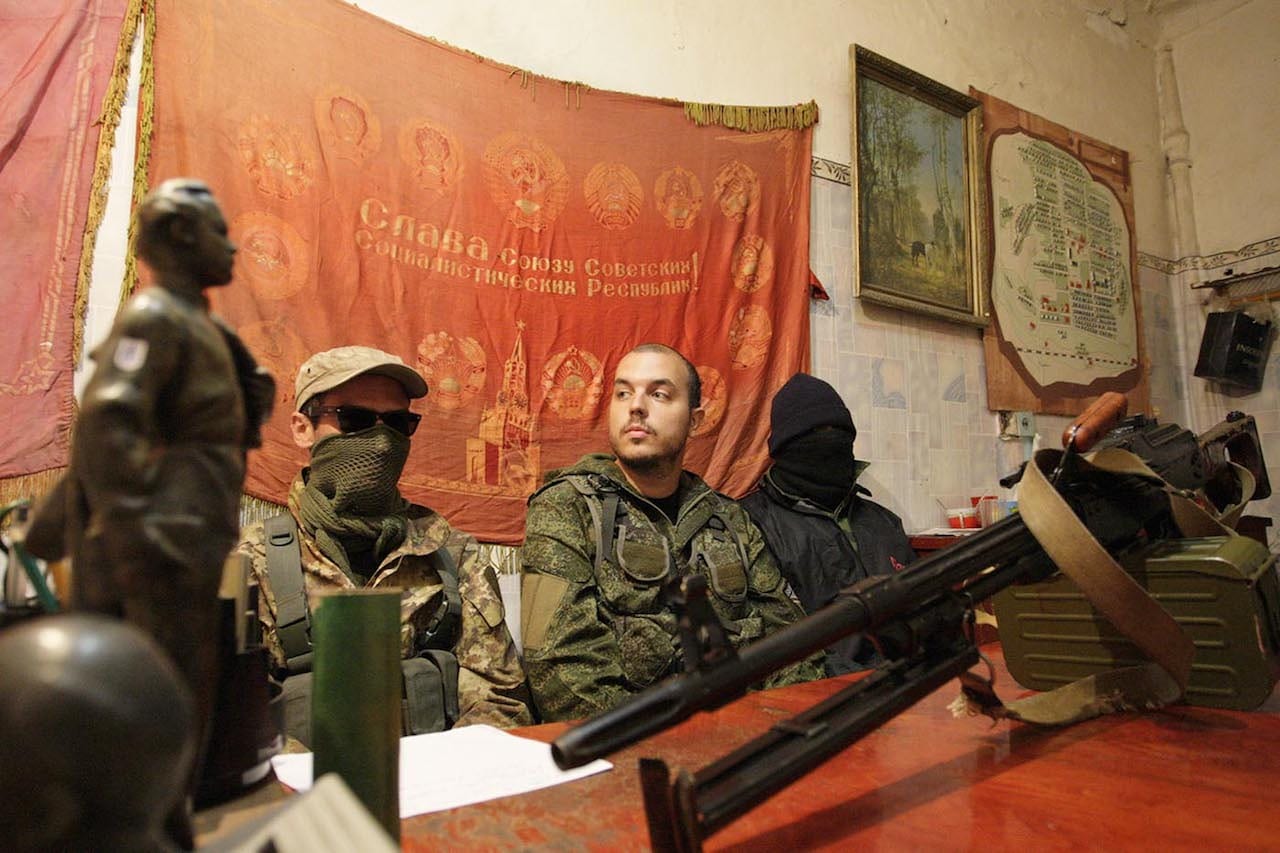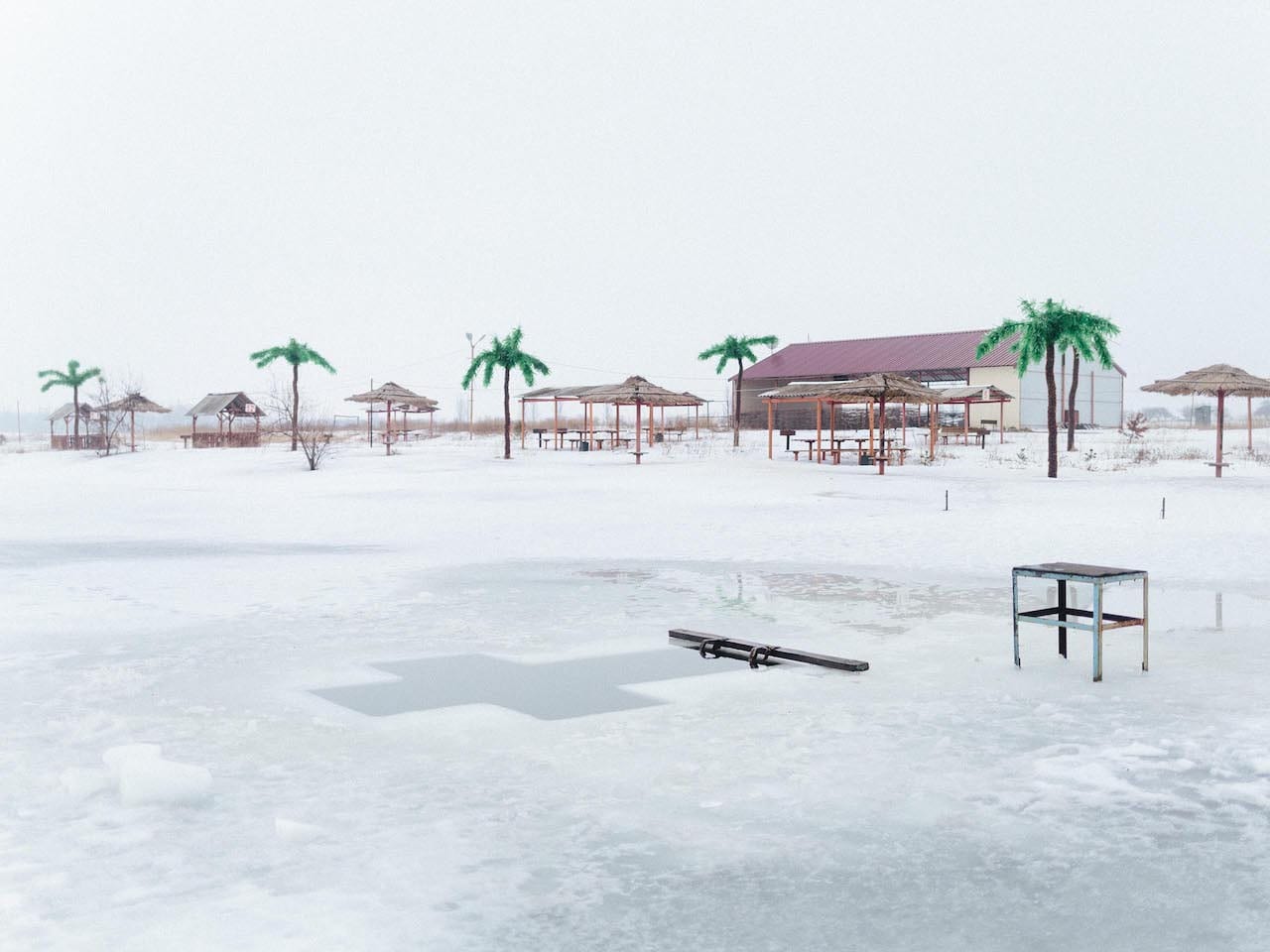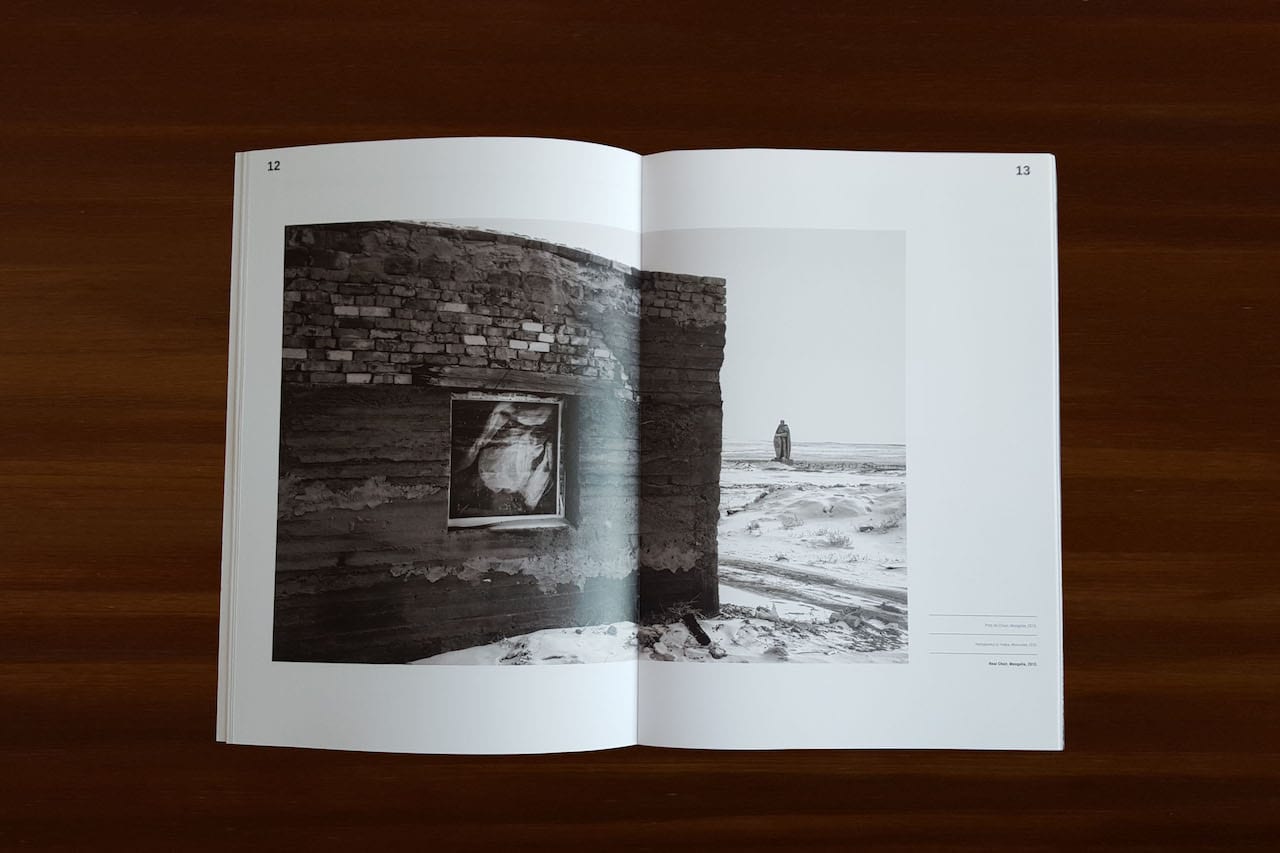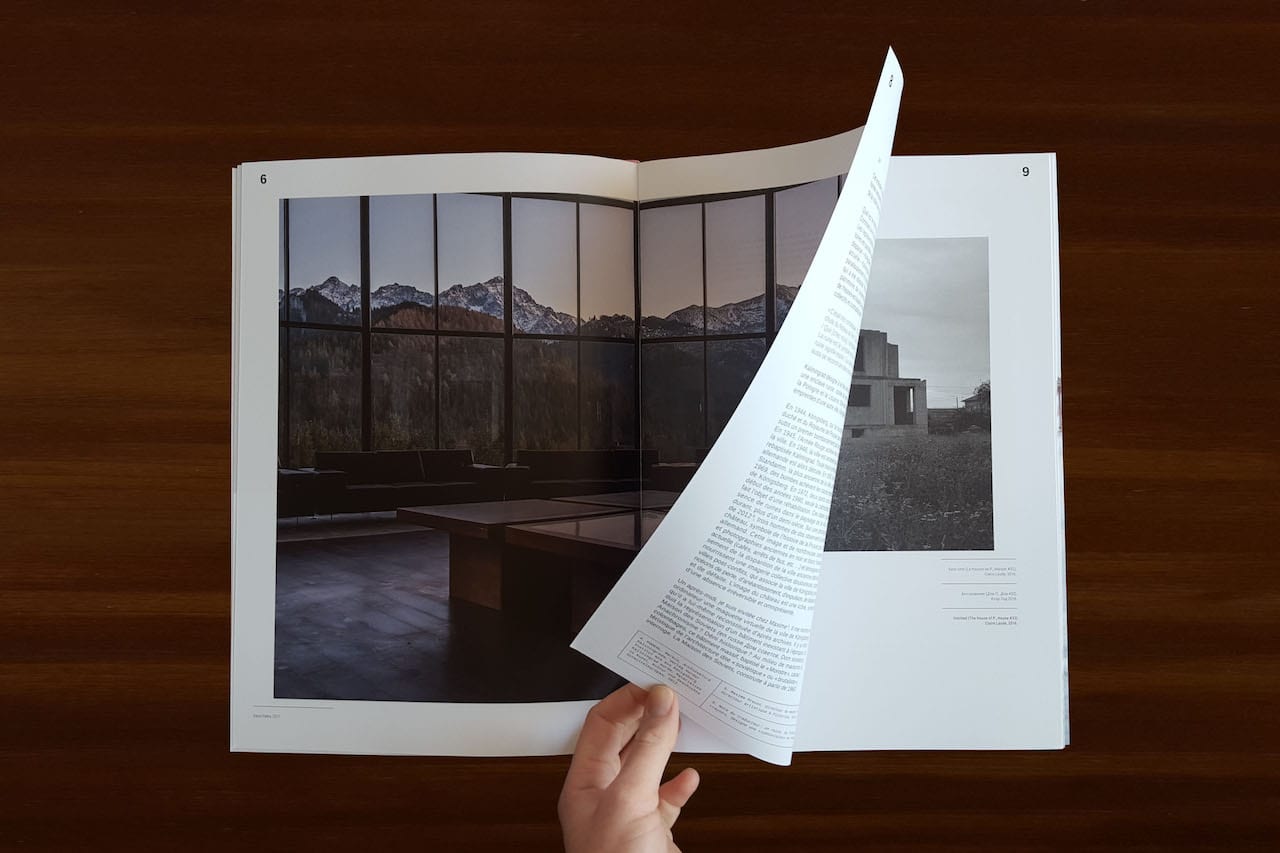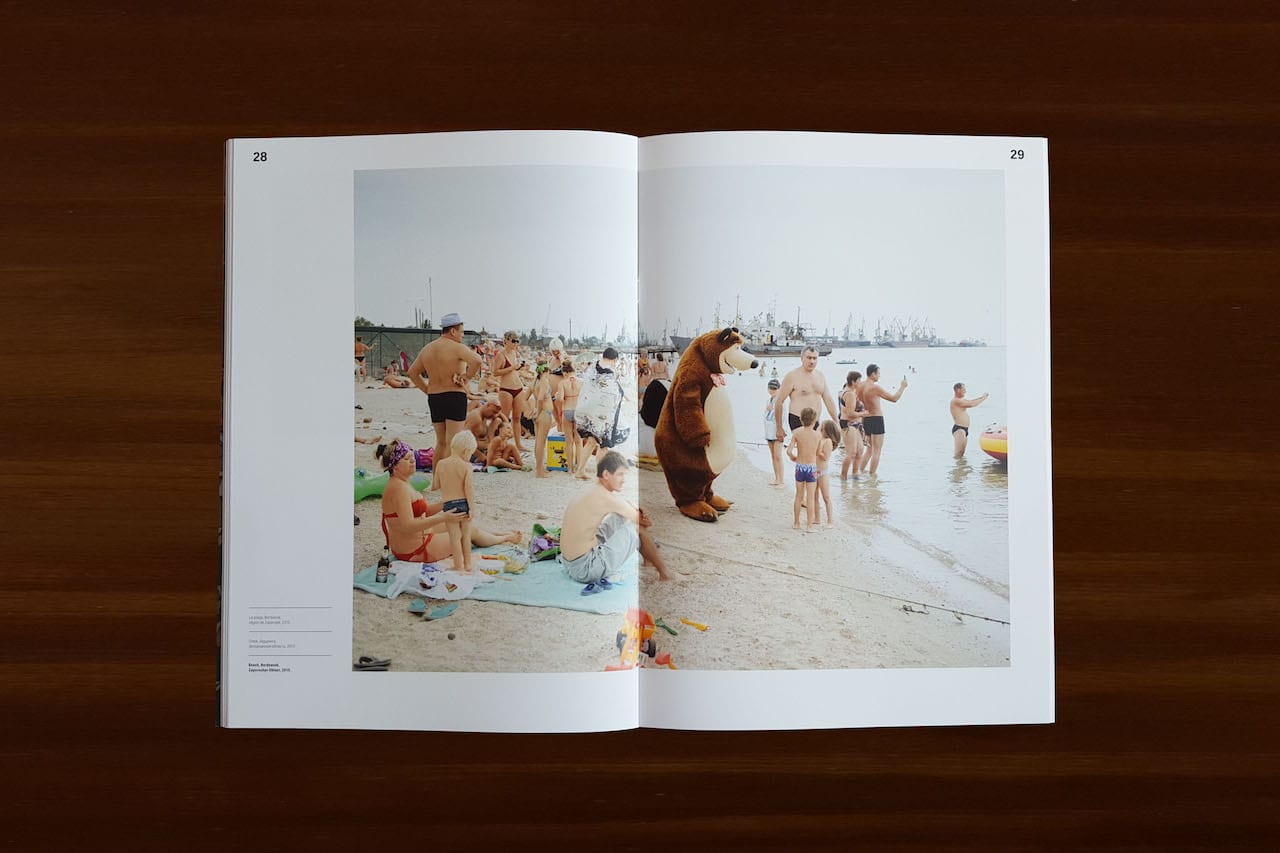Based in Paris and Bristol, ESSARTER Éditions is a “photo-documentary publishing house”. Founded by the photographer Mathilde Vaveau and the graphic designer Lou Reichling, it aims to “gather around common interests – the book, photography and documentary”. ESSARTER has published four projects so far – Ukraine Post Euro Maidan, Musée Immédiat, À la Vôtre, and its most recent, a trilogy called Red Utopias. Including work by ten photographers drawn from across Europe and the former USSR, Red Utopias and considers the Soviet Union and its legacy from a variety of perspectives. It is published in French, Russian, and English.
BJP: Why did you decide to set up ESSARTER Editions?
Mathilde Vaveau: It’s always been a collaborative project. After Lou Reichling and I graduated, we continued to work together on trying to find our particular balance between book form and content. I was going off to Ukraine as an independent photographer and Lou was working in graphic and typographic design. Several trips in and around Eastern Europe later, and I’d starting feeling confident about the content I’d collected, enough to pool my experiences and explore the medium of the book and prove its versatility.
We published two books but were quickly frustrated by the breadth of our content. A reasoned scope is important in our projects, but just as important is achieving an open-endedness and being that platform for multiple perspectives. ESSARTER could – and has – provided the gravity to reach a diversity of photographers and writers.
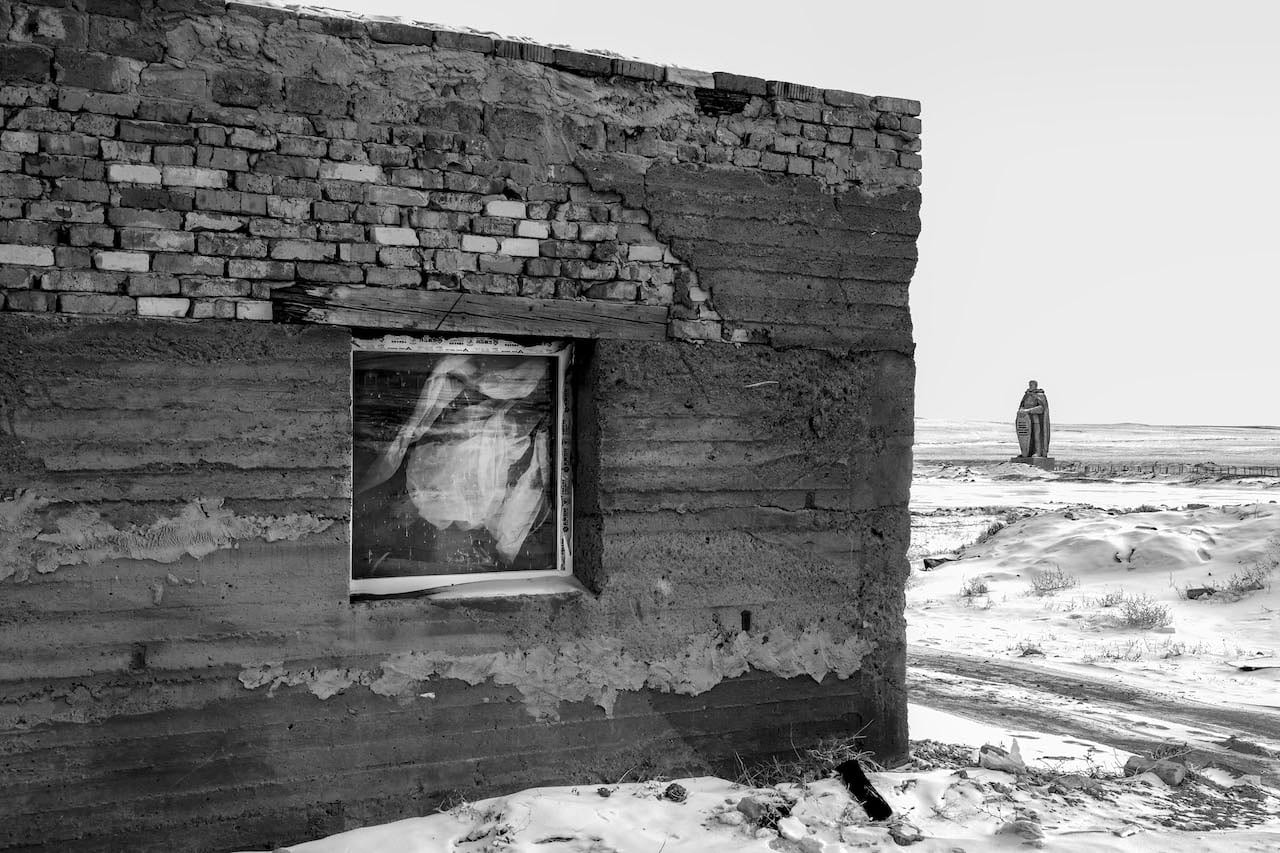
BJP: How do you choose the topics for your books?
MV: Our topics primarily focus on contemporary geo-political tensions but draw inspiration from our historical knowledge and personal experience. One might take personal experience to be a corrupting force in looking at political subjects, but to us it’s quite the contrary. We’ve found that it’s provided an intimacy with our work that we wouldn’t have otherwise had, demanding that we check ourselves in avoiding cliché or prejudice. Of course we must qualify our success in achieving this aim, and so bringing various individual perspectives and visiting the sites of our topics remains key.
BJP: How did you decide to make the Red Utopias books? Why did you want to make a trilogy?
MV: We chose the topic of political utopias because we wanted to think about some kind of hope in this world. We realised, on our way, how hard it was…We believe that talking about hope with a regard for the past and future facilitates making changes for the better. In talking about a difficult past, you’re inevitably conceptualising a future. Red Utopias aims to document through photographs and texts, the collective and individual perceptions of the Soviet Union in Europe and its repercussions, good or bad, in our present.
We didn’t want to talk about nostalgia or commemoration. We wanted to talk about today, how the political utopia is conceived today, especially for those of us that truly believed a new form of utopia could be possible. The choice of a trilogy-layout is really to cover three important areas that can coherently frame the topic – the reminiscence of history, architecture, and the people.
BJP: Could you say a little bit about each Red Utopia book?
MV: The aim of the first book, From Exile, is to illustrate a potential memorial landscape of the communist utopia. The first-hand accounts of it come from our four photographers and writers, all born while the Soviet Socialist Republics were still unified. Between the “improvised” poetry of Marylise Vigneau’s text and photographs, the photographic testimony of Arthur Bondar, and the reminiscence of the childhood memories of Olessia Venediktova and Larisa Pelle, From Exile is meant to be a tender and graphic testimony, personal and ordinary.
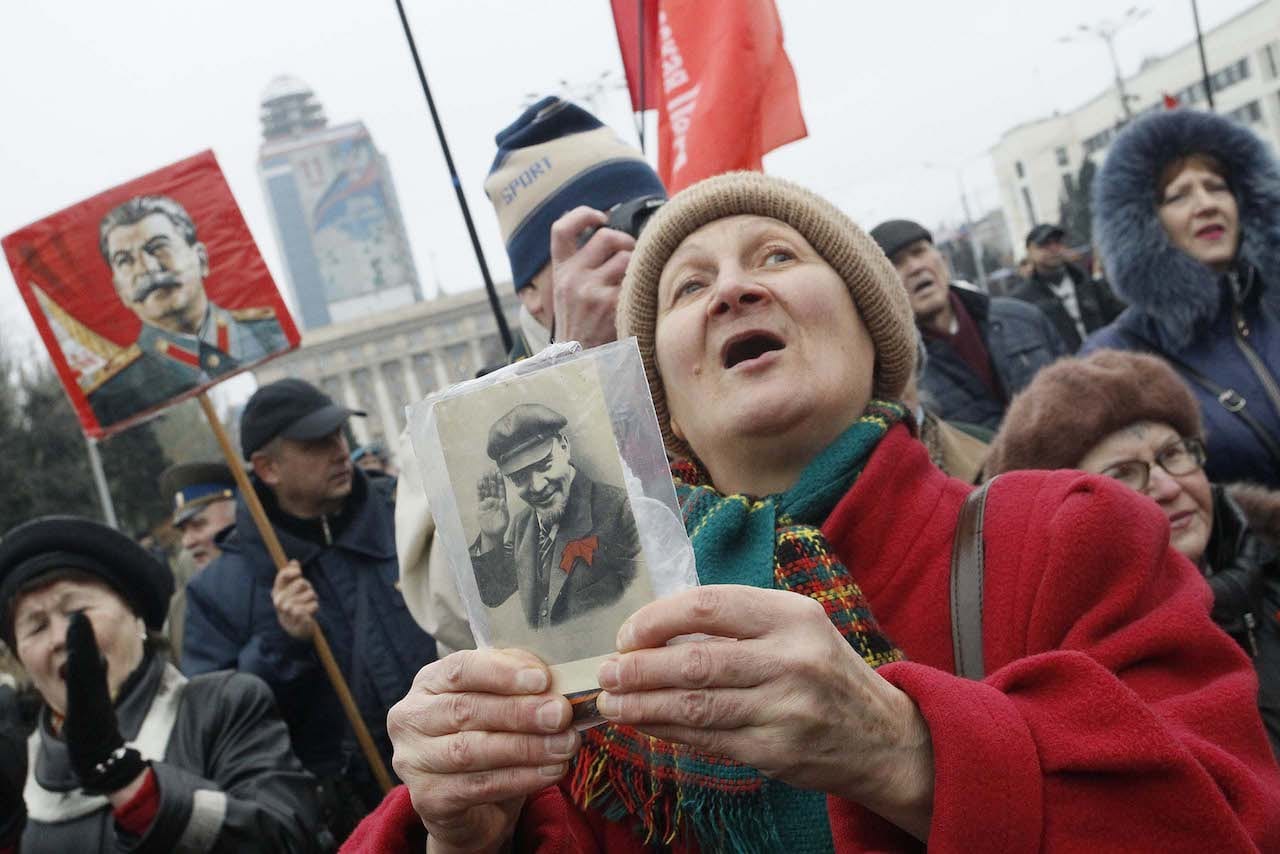
The second book, The Reconciliation of Spaces, focuses on architecture. In using architecture, myth and the hope of a union, Karol Palka and Claire Laude together create an imagining of places and cities. Karol Palka documents certain Soviet government buildings without specifying their names or locations. Thus, all these places become one – the imagining of a huge and unique place is built despite the geography. Claire Laude documents the dichotomy of Kaliningrad and Königsberg, evidence of a city martyred by war and conquest, constructed and deconstructed by two peoples in conflict throughout the ages – the Russians and the Germans.
With the People, which closes the trilogy, is a tribute to the people. What are their points of view, and their experiences of life, with regard to this idea of political utopia? Our four authors (writers, photographers, activists and locals) paint a picture in crescendo to try to answer this question. Between the dark secrets of the state institutions described by Maxim Sarychau, the Soviet public holidays documented by Alexander Ermochenko, the disillusionment of Florian Tonnon with regard to his activist experience in the Communist Party, and the small invented paradises photographed by Christopher Nunn, this book tells the story of isolated people and show a double-sided utopia.
BJP: How did you choose the photographers included in each book?
MV: We launched an open call to invite a large panel of photographers to contribute, as a way to give a chance to many people, and also to discover lots of very interesting projects outside our circles. After an initial selection process, we designated submissions according to an evolving scope and a renewed focus on assembly, creating coherent and meaningful content. It’s not only the aesthetic that’s important to us, when one contributes to a complex subject, the captions and story are often crucial.
The same can be said of the image and the importance of the story behind it, the report of the photographer or author with his or her subject. Most of the photo projects had already been produced in other forms, we thought that assembling them in a book would give them another life.
BJP: Why did you make each book trilingual?
MV: We work with English, French and Russian native-speaking photographers and writers and we are – for the moment – exploring the history of those spoken-languages’ areas. We think that it is important to honour each language, and people who are not multi-lingual. It also provides an extra check, asking us to be more aware when we are talking about someone else’s culture.
BJP: What do you hope these books do?
MV: That’s not the easiest question to answer. Of course we hope that they will travel a lot and bring to the table different discussions about our common past and our common present. I guess ultimately it’s about sparking conversation. If they travel far and wide enough, they might just be able to provide that bit more context to create debate.
For the first time since publishing our trilingual editions, we were invited to present the books in Russia, and it was a fantastic moment. We were asked lots questions, and were well-received by our Russian audience. We were all very happy about trying to understand each others’ points of view. This is for us the best reward.
Red Utopias is published by ESSARTER Éditions, priced €33 https://essartereditions.com/index_en.php
